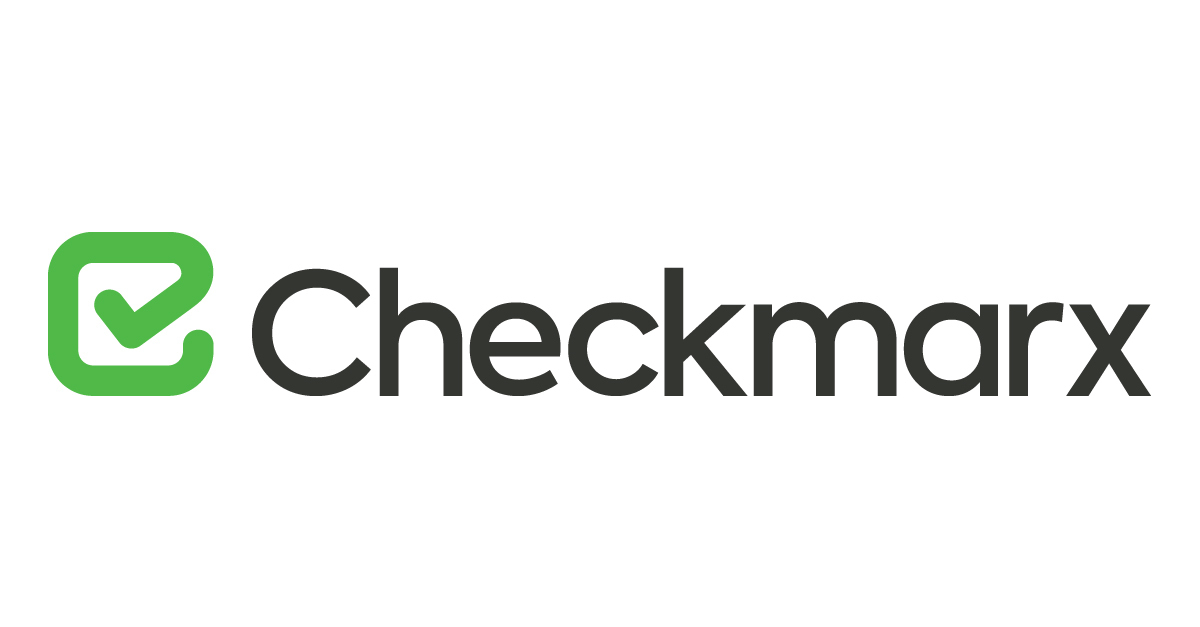Understanding Checkmarx: Securing Your Code from Within
 Cloud Tuned
Cloud Tuned
Understanding Checkmarx: Securing Your Code from Within
Introduction
In an era where cyber threats are ever-evolving, securing software applications from vulnerabilities is paramount. Checkmarx is a leading application security testing solution designed to help developers identify and remediate security flaws early in the software development lifecycle (SDLC). This article explores what Checkmarx is, how it works, its key features, and why it is an essential tool for modern software development.
What is Checkmarx?
Checkmarx is a comprehensive application security platform that provides Static Application Security Testing (SAST), Software Composition Analysis (SCA), and other security testing capabilities. Its primary goal is to integrate security testing into the development process, enabling developers to detect and fix security issues before they become critical vulnerabilities in production environments.
Key Features of Checkmarx
Static Application Security Testing (SAST): Analyzes source code to identify security vulnerabilities without executing the program.
Software Composition Analysis (SCA): Scans open-source components for known vulnerabilities and licensing issues.
Interactive Application Security Testing (IAST): Combines static and dynamic analysis to identify vulnerabilities in running applications.
DevSecOps Integration: Seamlessly integrates with CI/CD pipelines and development tools, promoting a DevSecOps culture.
Comprehensive Reporting: Provides detailed reports and dashboards for tracking vulnerabilities and remediation efforts.
How Checkmarx Works
Checkmarx integrates into the development environment to continuously monitor and analyze code for security vulnerabilities. Here’s a closer look at how it works:
Code Analysis: Developers initiate a scan of their source code. Checkmarx analyzes the codebase using SAST to identify potential security flaws.
Vulnerability Detection: The platform identifies a wide range of vulnerabilities, including SQL injection, cross-site scripting (XSS), and buffer overflows.
Reporting: Checkmarx generates detailed reports highlighting the identified vulnerabilities, their severity, and recommendations for remediation.
Remediation Guidance: Developers receive actionable guidance to fix the identified issues, often including code snippets and best practices.
Continuous Monitoring: Checkmarx continuously scans code changes, ensuring that new vulnerabilities are detected and addressed promptly.
Using Checkmarx
To get started with Checkmarx, follow these steps:
Installation and Setup: Install Checkmarx and configure it to integrate with your development environment. This may involve setting up plugins for IDEs or configuring CI/CD pipelines.
Initiate a Scan: Start a security scan of your codebase. This can be done manually or automatically as part of the CI/CD pipeline.
Review Results: Analyze the scan results through the Checkmarx dashboard, focusing on high-severity vulnerabilities.
Remediate Issues: Follow the remediation guidance provided by Checkmarx to fix the identified vulnerabilities.
Rescan: After making changes, rescan the code to ensure that the vulnerabilities have been successfully resolved.
Benefits of Using Checkmarx
Early Vulnerability Detection
By integrating security testing into the development process, Checkmarx enables developers to detect and fix vulnerabilities early in the SDLC. This proactive approach reduces the risk of security breaches and lowers remediation costs.
Comprehensive Coverage
Checkmarx provides comprehensive coverage of security vulnerabilities through its SAST, SCA, and IAST capabilities. This ensures that both proprietary code and third-party components are thoroughly analyzed for security flaws.
Seamless Integration
With its robust integration capabilities, Checkmarx fits seamlessly into existing development workflows. It supports various IDEs, CI/CD tools, and version control systems, making it easy to adopt and use.
Actionable Insights
Checkmarx offers detailed reports and actionable insights, helping developers understand and address security issues effectively. This not only improves code quality but also fosters a security-first mindset among developers.
Regulatory Compliance
Checkmarx helps organizations comply with various regulatory requirements and industry standards by providing thorough security assessments and detailed audit trails.
Conclusion
Checkmarx is an essential tool for modern software development, offering comprehensive application security testing that integrates seamlessly into the development lifecycle. By enabling early detection and remediation of security vulnerabilities, Checkmarx helps organizations build secure, reliable software applications.
If you found this article helpful and want to stay updated with more content like this, please leave a comment below and subscribe to our blog newsletter. Stay informed about the latest tools and practices in application security!
We value your feedback! Please share your thoughts in the comments section and don't forget to subscribe to our newsletter for more informative articles and updates.
Subscribe to my newsletter
Read articles from Cloud Tuned directly inside your inbox. Subscribe to the newsletter, and don't miss out.
Written by
